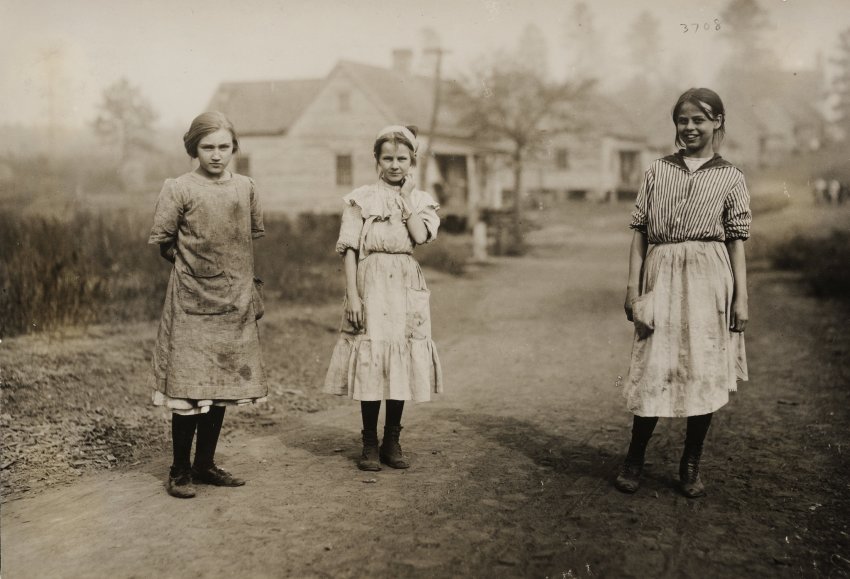
A 16-year-old boy died at a sawmill in Wisconsin, United States, on July 6, while trying to unjam a wood-stacking machine.
Wisconsin Public Radio reported that teenager Michael Schuls became pinned in the machine after the conveyor belt he was standing on moved. He died two days later from his injuries.
The Occupational Safety and Health Administration is investigating the incident.
Loosening child labour laws
Such deaths on the job are becoming more common as states aim to allow super exploitable child labour, especially in industries where unions don’t exist. These children are generally from poor working-class families, where their wages supplement the household income.
Fourteen states across the country — including Wisconsin — have proposed new legislation to roll back decades-old child labour protections. Most states doing so are led by anti-union Republican governors and Republican-dominated state legislatures.
Under a Republican governor in 2015, Wisconsin adopted anti-union “right to work” laws that made it more difficult to form unions and protect public sector workers. The Republicans also pressed for changes to child labour restrictions in the state.
Democratic governor Tony Evers was elected in 2019 and last year vetoed changes to the laws restricting the number of hours teenagers can work.
The pushback against the right and employers on this issue has not been strong enough, or broad-based and public, and has relied on liberal elected officials.
Latest push has historical roots
According to the Economic Policy Institute, there has been “a coordinated multi-industry push to expand employer access to low-wage labour and weaken state child labour laws in ways that contradict federal protections”.
Labour and human rights professor Skip Mark told the Guardian on July 6 that child labour is prevalent in the country’s agricultural industry.
In many ways, the latest employer push is a return to the late 1800s. When the US census expanded its collection of employment statistics to include children in 1870, it found that 75,000 children under the age of 15 worked — not including those “employed” in family businesses or on family farms.
Child labour quantitatively expanded in the 1870s with the industrial revolution. Children worked in agriculture and in new factories in urban areas. The super-exploitation of 5–14-year-olds and the many injuries and deaths of children on the job led to a public outcry.
From the late 1800s until the 1930s, workers began organising unions on the railways and in other industries. These new industrial organisations, which were organising and striking against many employers, frightened the capitalist class.
This led the government of Democratic President Franklin Roosevelt to adopt favourable labour laws, including some child protections.
The Fair Labor Standards Act of 1938 "helped limit child labour in many ways,” said Mark. “However, it did and still does not apply to the agricultural sector, where most child labour in the US and most child injuries and deaths occur.
“[C]hildren are maimed, killed, exposed to dangerous chemicals, underpaid and we’ve known about these issues for decades.”
Mark told the Guardian that government estimates about the prevalence of child labour “should not be taken at face value”, as “[g]overnments don’t want to report how bad child labour is because it makes them look bad”.
Businesses don’t want to report that they have hired children because they would be fined, said Mark. Children and their parents don’t want to report child labour because they rely on the income.
Terri Gerstein, director of the Harvard Law School's Center for Labor and a Just Economy, echoed these sentiments, telling the Guardian that stopping violations of child labour laws requires “funding for enforcement, higher penalties and clear, attainable ways to hold lead corporations accountable for violations in their supply chains”.
Unions need to step up
Official union confederations have supported restrictions on child labour. The American Federation of Labor (AFL) adopted a resolution at its first convention in 1881 calling on states to ban children under 14 years old “from all gainful employment”. But fighting to hold onto those child labour protections has not been a priority for the modern labour movement.
Organised labour needs to move from lip service to action. Most working people are unaware of the issue of child labour and its connection to other attacks on the working class.
The teenager’s death in Wisconsin will hopefully be the impetus to bringing new awareness to this issue and rallying the public to stop the abuse and exploitation of children.